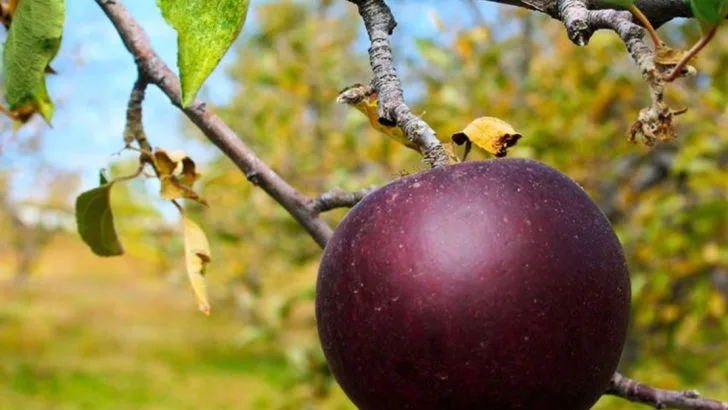Black Diamond apples are one of the most unique and stunning apple varieties, known for their deep purple skin and crisp, sweet flavor. While they require specific growing conditions, with the right care, you can successfully cultivate these rare apples in your own garden.
In this article, we share 16 must-know tips for growing perfect Black Diamond apples. From choosing the ideal climate to proper pruning and soil management, these expert tips will help you achieve a healthy, thriving orchard. If you’re looking to grow these extraordinary apples, follow these steps to ensure a bountiful and beautiful harvest!
Choose the Right Location

Selecting an ideal spot is crucial for your Black Diamond apples to thrive. These trees require full sun, at least six to eight hours daily, ensuring optimal growth and fruit production. Consider a location with well-draining soil to prevent root rot, which can be detrimental.
Avoid planting near large structures or trees that could cast shadows, diminishing sunlight exposure. Ensure your chosen spot is free from strong winds, as these can damage young branches. When planning your garden, remember optimal spacing—about 15 to 20 feet between trees—to allow ample room for growth and air circulation.
Prepare the Soil

A foundation of nutrient-rich soil sets the stage for healthy apple trees. Begin by testing the soil pH, aiming for a range between 6.0 and 7.0, which is ideal for apple cultivation. Amend the soil with organic matter, such as compost or aged manure, to enhance fertility and drainage.
Loamy soil is preferable, ensuring roots can spread easily and access necessary nutrients. Avoid compacted or waterlogged areas, as these may suffocate roots and hinder growth. Regularly aerate the soil, especially before planting, to boost oxygen penetration, fostering robust tree development and fruiting.
Select the Right Rootstock
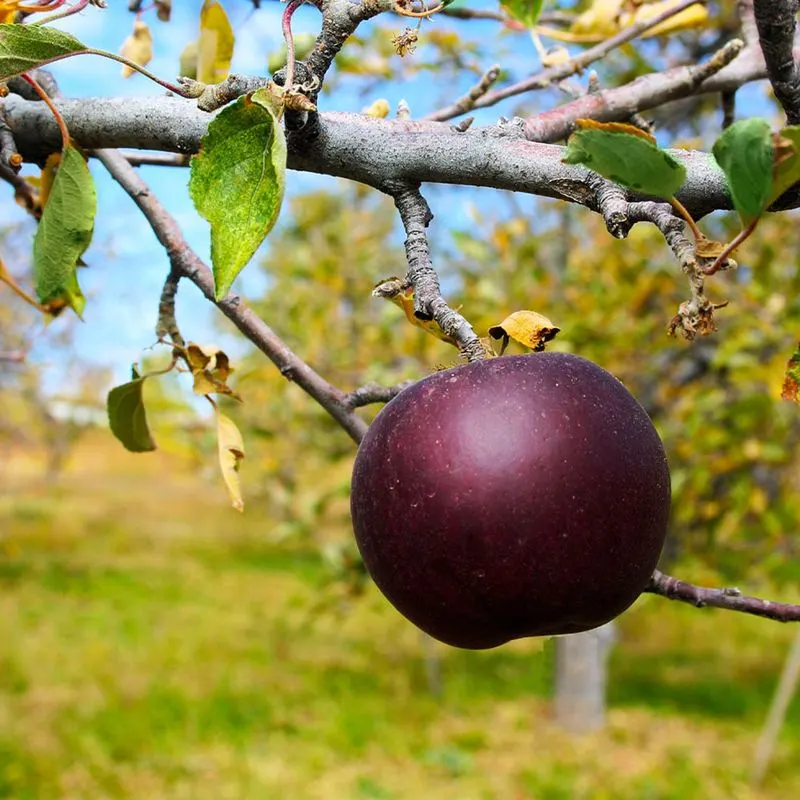
Choosing the appropriate rootstock influences your apple tree’s size, yield, and disease resistance. Dwarf and semi-dwarf rootstocks are popular for home gardens, offering manageable tree sizes and earlier fruiting.
Consult local nurseries to find rootstocks compatible with your climate and soil conditions. Grafting Black Diamond scions onto a suitable rootstock ensures the trees adapt well to your environment. Be mindful of the rootstock’s vigor; overly vigorous roots can lead to excessive growth, reducing apple quality. A balanced choice promotes sturdy trees with high-quality fruit production.
Plant at the Right Time

Timing your planting correctly is critical for Black Diamond apples. Early spring, just as the ground thaws, offers optimal conditions for new trees to establish strong roots. Avoid planting in late fall, as young trees might not withstand the cold.
Prepare your planting holes in advance, ensuring they’re wide enough to accommodate the root system without crowding. After placing the sapling in the hole, backfill with soil, gently firming it around the roots. Water thoroughly to eliminate air pockets. Mulch around the base to retain moisture and suppress weeds, aiding in healthy establishment.
Water Wisely

Proper watering is vital, especially during the first few years. Establish a consistent watering schedule, ensuring deep, thorough soakings rather than frequent shallow waterings. This encourages roots to grow deeper, enhancing drought resistance.
Consider installing a drip irrigation system for efficient water use, minimizing evaporation and runoff. Monitor soil moisture by checking a few inches beneath the surface, adjusting watering as needed to avoid waterlogging. During dry spells, increase watering frequency to maintain soil moisture levels, ensuring healthy tree growth and fruit production.
Fertilize Strategically
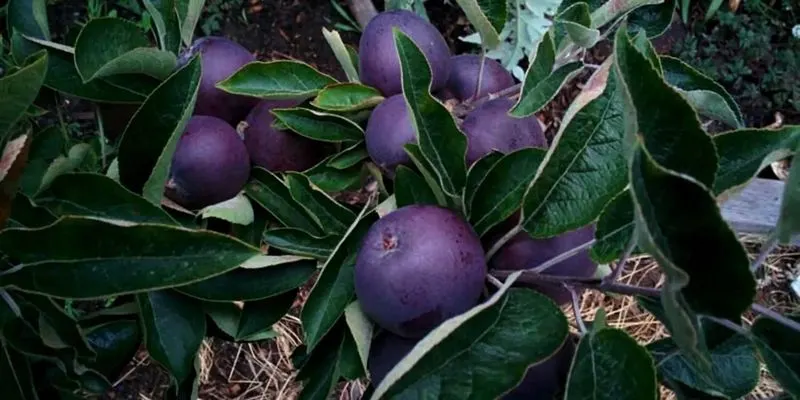
Feeding your apple trees with the right nutrients at the right time maximizes fruit quality. Early spring is ideal for the first application, providing essential nutrients as trees come out of dormancy. Use a balanced, organic fertilizer to promote healthy growth.
Avoid over-fertilizing, which can lead to excessive foliage and reduced fruiting. Apply fertilizer at the tree’s drip line, where rain naturally distributes nutrients to the roots. A second application in early fall can prepare trees for winter, enhancing their resilience. Always follow package instructions for proper dosage and safety.
Prune with Purpose

Effective pruning shapes strong, productive apple trees. Conduct annual pruning in late winter or early spring, before new growth emerges. Remove dead, diseased, or crossing branches, which can impede airflow and sunlight penetration.
Aim for an open canopy structure, allowing sunlight to reach all parts of the tree, enhancing fruit development. Maintain a central leader or open center form, based on your preference and tree variety. Regular pruning not only boosts fruit yield but also prevents diseases by improving air circulation. Use clean, sharp tools to make precise cuts, promoting quick healing.
Monitor for Pests
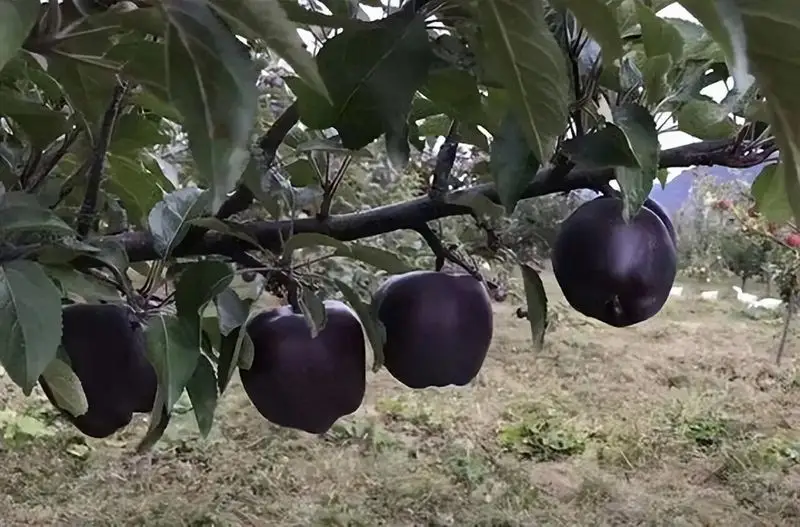
Keeping a watchful eye on your Black Diamond apple trees helps nip pest problems in the bud. Common pests include aphids, codling moths, and apple maggots, which can damage fruit and foliage.
Employ organic pest control methods, such as introducing beneficial insects like ladybugs or using neem oil sprays. Regularly inspect trees for signs of infestation, such as curled leaves or small holes in fruit. Early intervention is key to preventing widespread damage. Encourage a diverse garden ecosystem, which naturally limits pest populations and supports healthy tree growth.
Protect Against Diseases
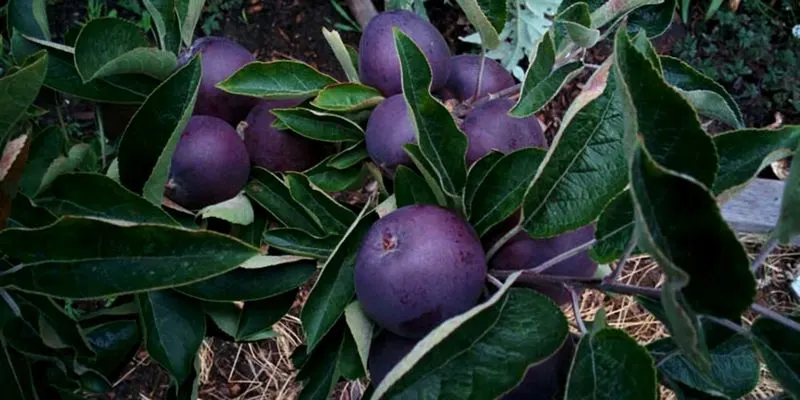
Healthy trees are less susceptible to diseases, yet vigilance is necessary. Common diseases include apple scab, powdery mildew, and fire blight, which can severely impact tree health and yield.
Regularly inspect your trees for any signs of disease, such as discolored leaves or unusual growths. Prune affected areas promptly and dispose of fallen leaves and debris to reduce disease spread. Consider applying organic fungicides as a preventive measure during wet seasons. Ensuring good air circulation by proper spacing and pruning is essential in minimizing disease occurrence.
Thin Fruit for Better Quality
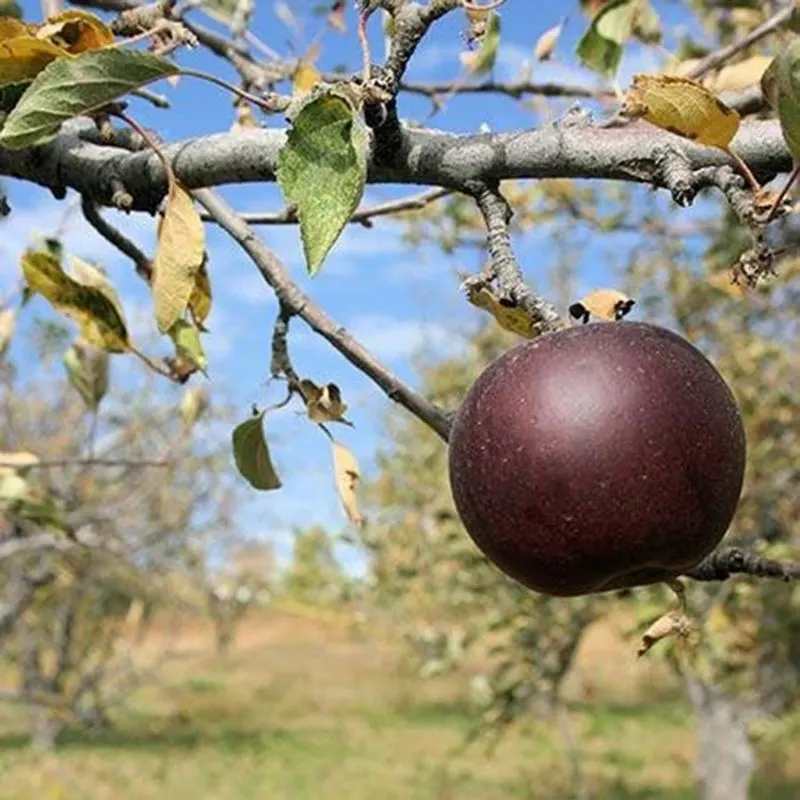
Thinning fruit clusters enhances apple quality and prevents overburdened branches. Once fruits reach about the size of a marble, remove excess apples, leaving one fruit per cluster.
This practice reduces competition for nutrients, ensuring remaining apples grow larger and tastier. Be selective, choosing fruits with ample spacing to avoid crowding and ensure even sunlight exposure. Regular thinning also minimizes branch stress, reducing the risk of breakage. By sacrificing quantity for quality, your harvest will be more rewarding, with each apple showcasing the rich flavor and crisp texture of the Black Diamond variety.
Harvest at the Right Time
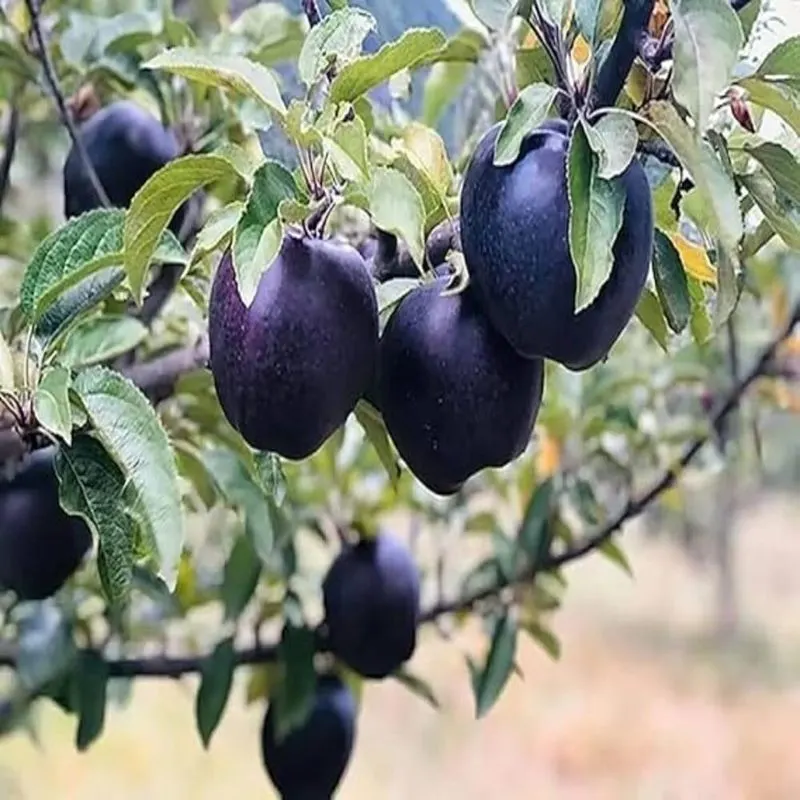
Knowing when to harvest your Black Diamond apples ensures the best flavor and texture. These apples typically ripen in late fall, but local climate and weather conditions can vary timing.
Check for deep purple coloration and a firm feel, indicative of readiness. Gently twist and lift apples from the branch; if they detach easily, they’re ripe. Avoid pulling or tugging, which can damage the tree. Regularly monitor apples as harvest time approaches, and be prepared for multiple pickings. Proper timing preserves the distinctive sweetness and crispness these apples are renowned for.
Store Apples Properly
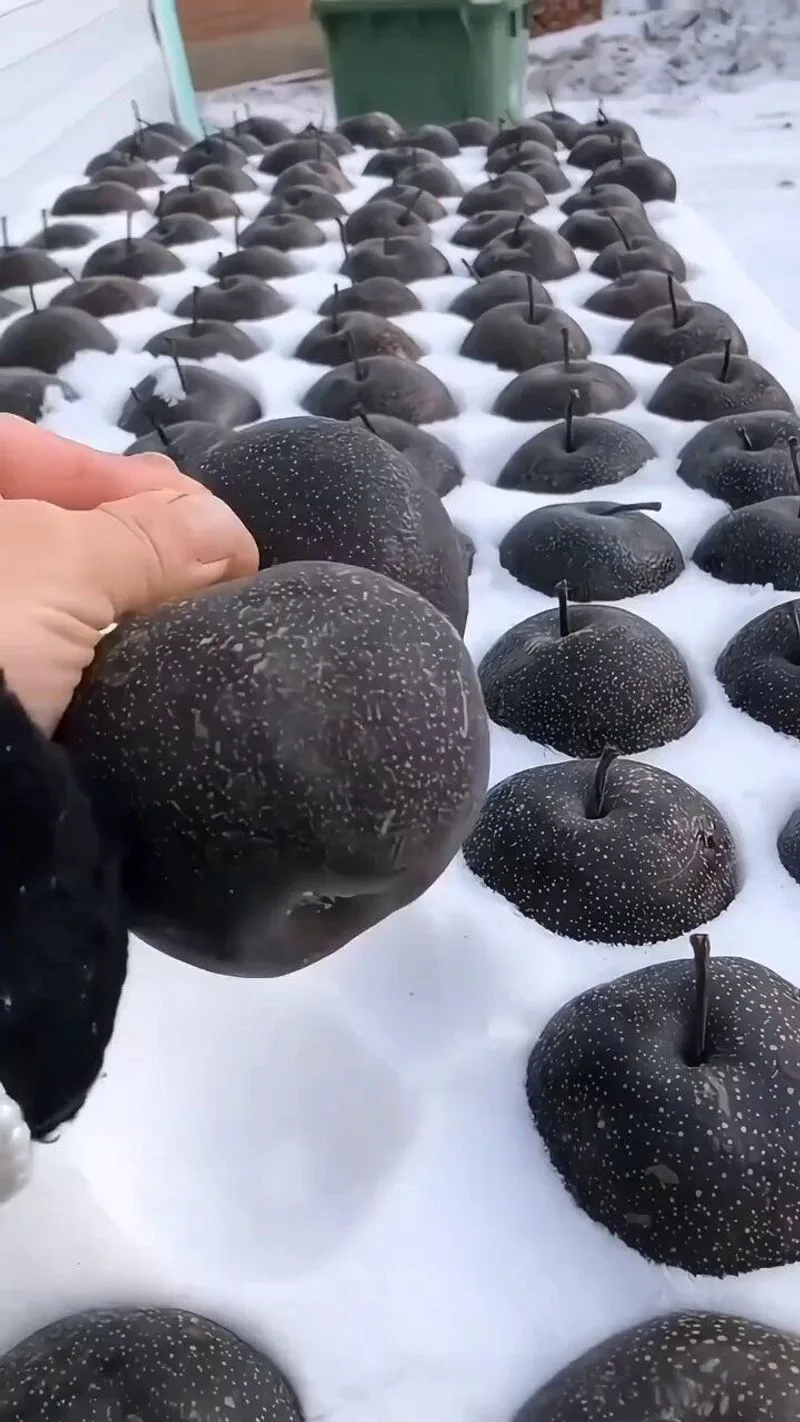
Storing your harvest correctly prolongs apple freshness and flavor. Begin by sorting apples, setting aside any with bruises or blemishes to prevent spoilage.
Store healthy apples in a cool, dark place like a cellar or basement, with temperatures between 30-40°F. Use slatted shelves or ventilated boxes to allow air circulation, preventing mold growth. Regularly check stored apples for signs of decay and remove any affected ones promptly. Proper storage not only extends the apples’ shelf life but also preserves their unique taste, allowing you to enjoy your Black Diamond apples well into the winter months.
Utilize Companion Planting

Enhancing growth and natural pest control can be achieved with companion planting. Certain plants, such as marigolds and clover, deter pests and improve soil health when planted near apple trees.
These companions attract beneficial insects, reducing the need for chemical interventions. Additionally, they enrich the soil with nutrients, fostering robust tree growth. Strategically plant companions around the base of your apple trees, ensuring they do not compete for resources. By incorporating a diverse plant community, you create a balanced ecosystem, supporting your Black Diamond apple trees in reaching their full potential.
Protect from Wildlife

Wildlife can pose a significant threat to apple trees, with birds and deer being common culprits. Protecting your garden with physical barriers is effective.
Use mesh or netting around trees to deter birds from feasting on fruit. Fencing can keep larger animals like deer at bay, preventing them from nibbling on branches or fruit. Regularly inspect and repair any damaged barriers to maintain their effectiveness. Employing these protective measures ensures your apples remain safe, allowing trees to produce a bountiful harvest free from wildlife intrusion.
Mulch for Moisture Retention
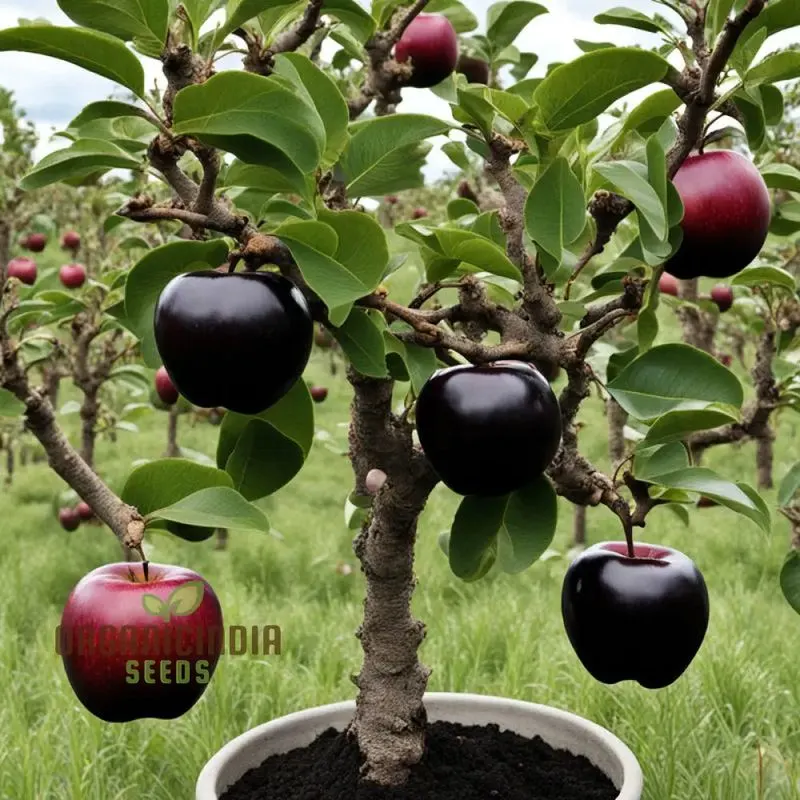
Mulching is a simple yet powerful technique to conserve moisture and suppress weeds. Apply a thick layer of organic mulch, such as straw or wood chips, around the base of your apple trees.
Mulch helps maintain consistent soil moisture levels, crucial during hot, dry spells. It also reduces competition from weeds, which can deplete vital nutrients. Ensure mulch is kept away from the trunk to prevent rot. Regularly replenish mulch as it breaks down, continuously benefiting the soil and your trees. This practice supports healthy growth and maximizes fruit production.
Plan for Year-Round Care
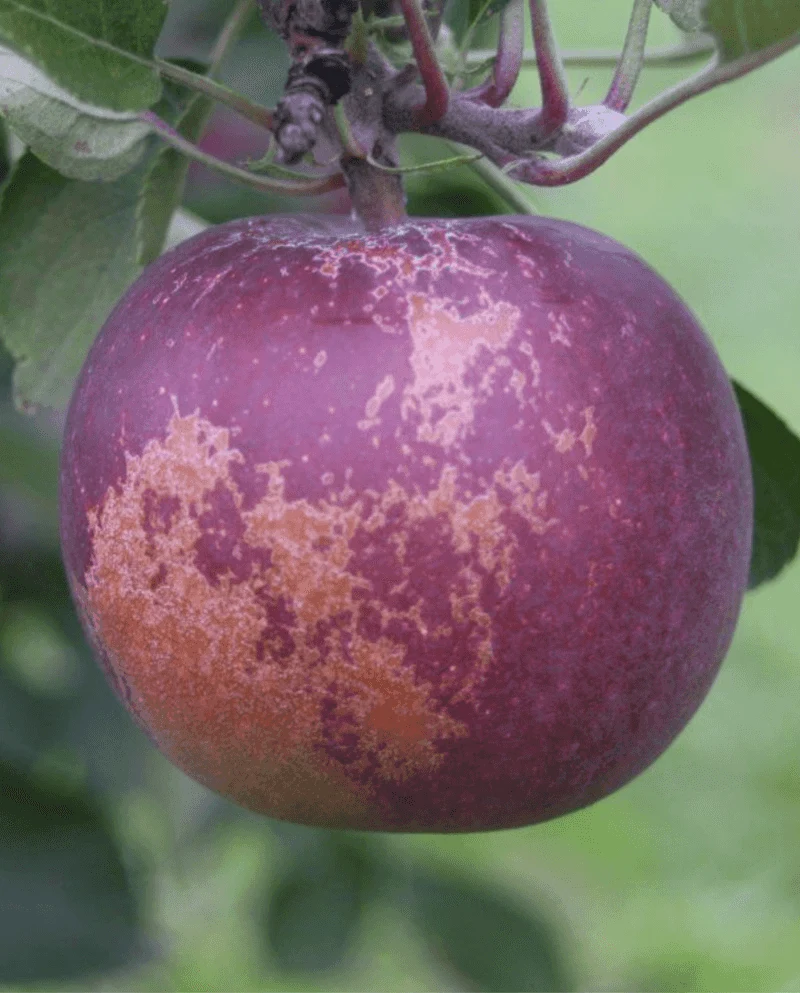
Successful apple cultivation demands year-round attention. Develop a comprehensive care schedule to keep your Black Diamond apple trees thriving.
Include seasonal tasks like pruning in late winter, fertilizing in spring, and monitoring for pests and diseases throughout the growing season. Regularly update your plan based on the trees’ performance and changing weather conditions. Consistent care ensures trees remain healthy and productive, rewarding your efforts with a generous harvest. By staying organized and proactive, you can enjoy the fruits of your labor season after season, with each year bringing improved results.

